Trompe L’oeil (pronounced “tromp loy”) is a French term meaning “deceive the eye.” This artistic technique has been used for centuries to create optical illusions that make two-dimensional paintings or drawings appear three-dimensional.
By skillfully manipulating perspective, shading, and colour, artists can fool viewers into thinking they are seeing something real—whether it’s a window, a door, or an object seemingly emerging from a canvas.
In this guide, I’m going to take you on a deep dive into the fascinating world of Trompe L’oeil art, exploring its origins, techniques, and how it’s used today.
A Brief History of Trompe L’Oeil Art
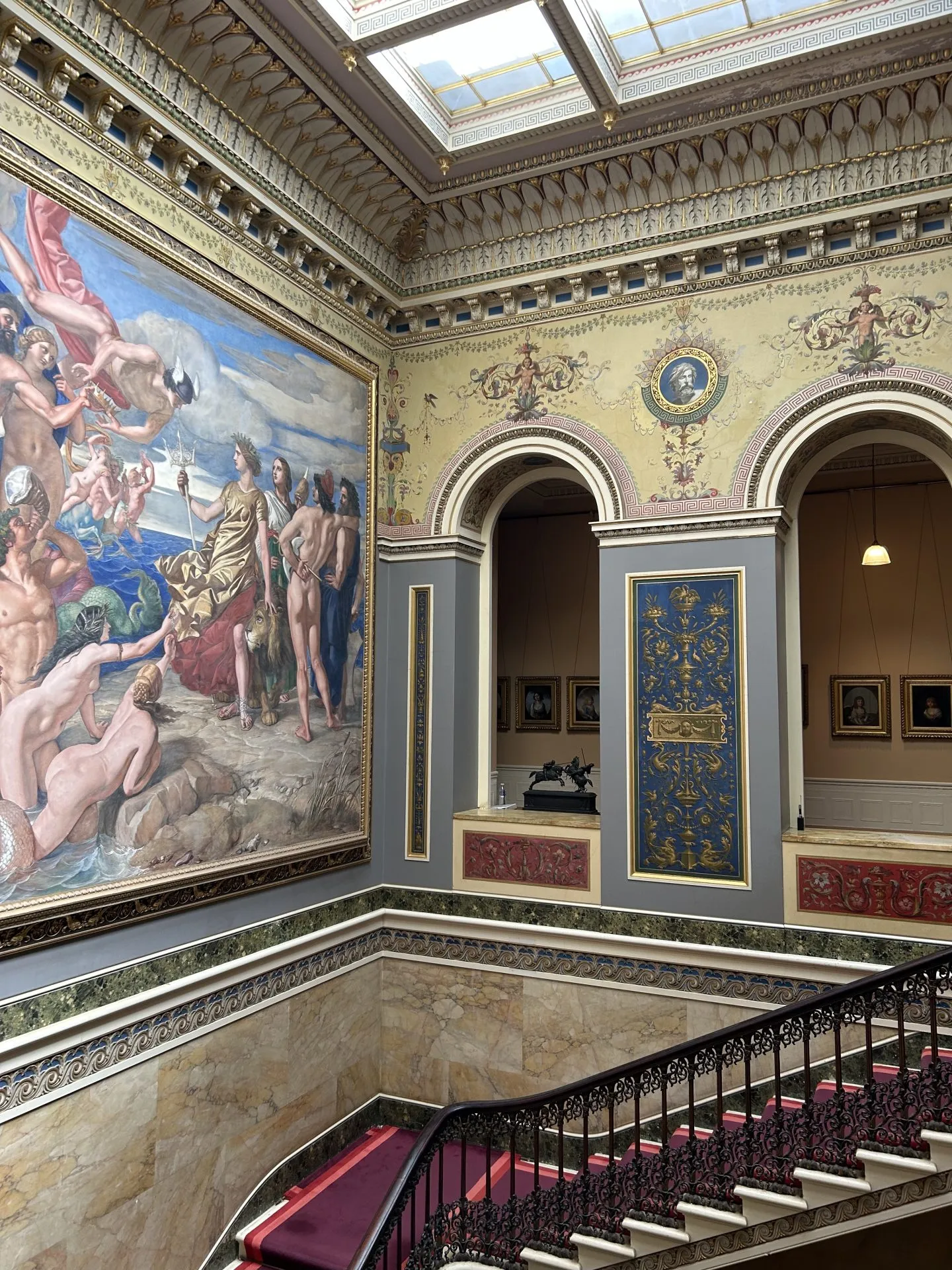
Trompe L’oeil has its roots in ancient Greece and Rome. It’s here where artists began experimenting with perspective to create lifelike frescoes and mosaics. One of the earliest known examples is a story from ancient Greece about the painter Zeuxis, who supposedly painted grapes so realistically that birds tried to peck at them!
His rival, Parrhasius, then took the deception a step further by painting a curtain that Zeuxis attempted to pull back, thinking it was real.
This tradition continued through the Renaissance. Artists such as Andrea Mantegna and Leonardo da Vinci used Trompe L’oeil techniques to enhance their work, creating more immersive and realistic experiences.
The Baroque period, known for its dramatic and elaborate art, saw a resurgence of Trompe L’oeil, particularly in architectural decorations where artists painted intricate ceiling frescoes that made it seem as though the heavens were opening up above viewers.
Techniques of Trompe L’Oeil Art
The essence of Trompe L’oeil lies in its ability to manipulate perception. Artists achieve this through several key techniques:
Perspective
A deep understanding of linear perspective is essential for creating Trompe L’oeil. By arranging elements to mimic how the eye perceives depth, artists can trick viewers into seeing a three-dimensional space on a flat surface.
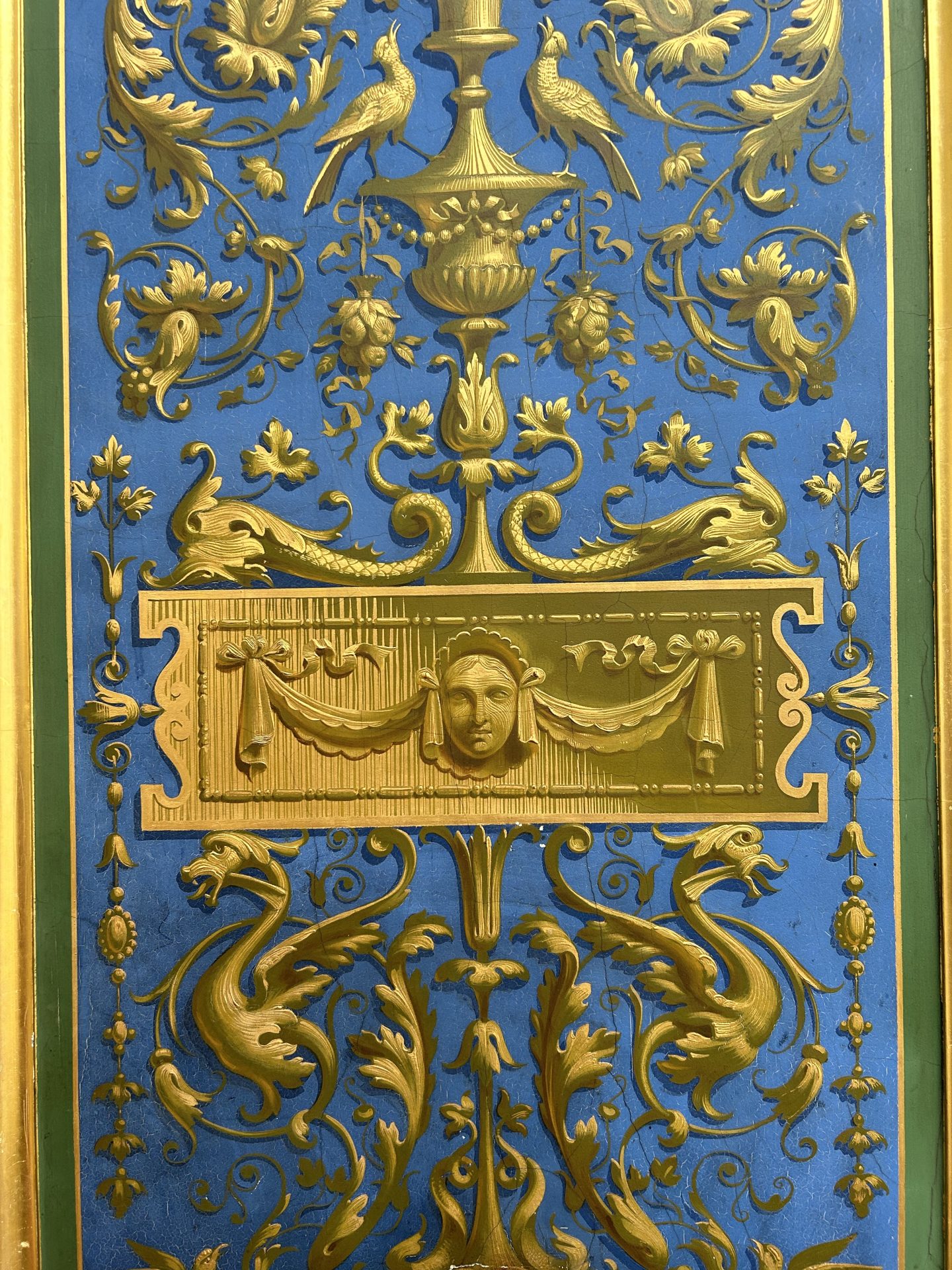
From a distance, the image above looks three-dimensional, as though it has been carved from wood and gilded. However, upon closer inspection, you can see that the entire fresco has been painted by hand with perfect shadows.
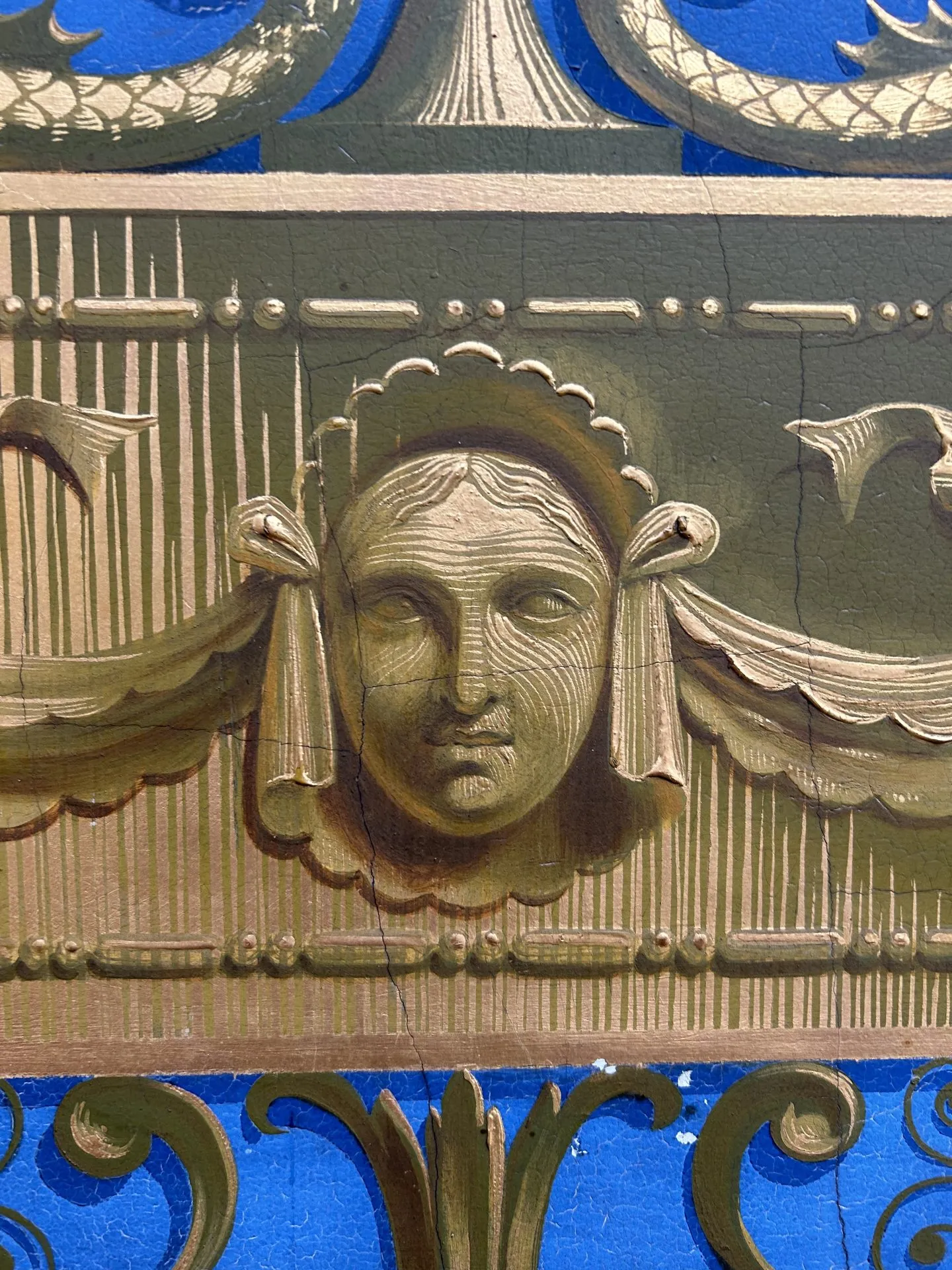
Shading and Light
Careful use of light and shadow is crucial in creating the illusion of form. Highlights and shadows are applied in ways that mimic how objects interact with light in the real world.
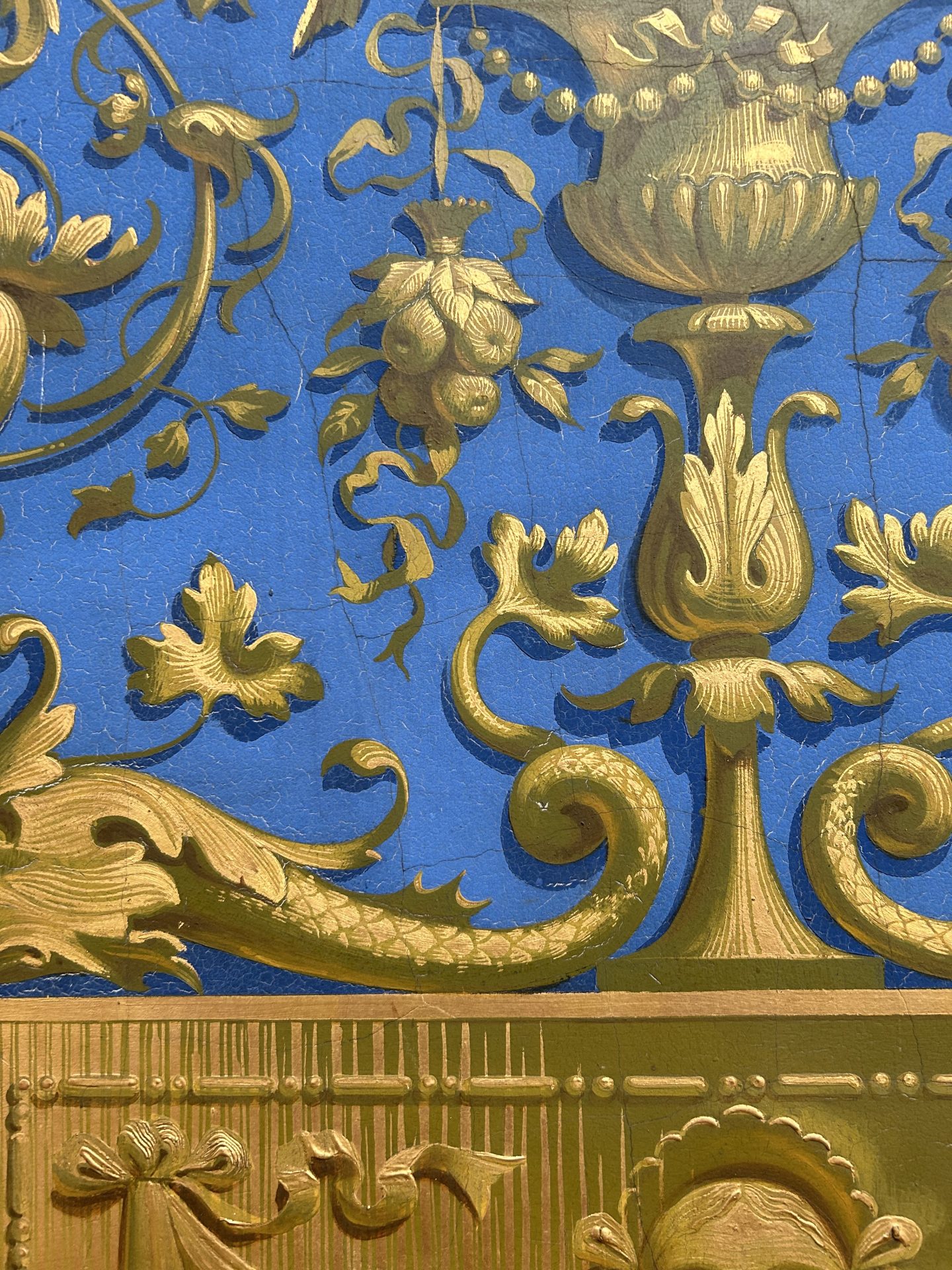
Realism
Details are painstakingly rendered to mimic the texture and appearance of real objects. Whether it’s the shine on a glass or the roughness of stone, Trompe L’oeil artists go to great lengths to make every detail convincing.
The plaster walls around the staircase at Osborne House have been beautifully painted to look exactly like real marble. Even after years of wear and tear it takes a few minutes to realise that everything is not quite as it seems.
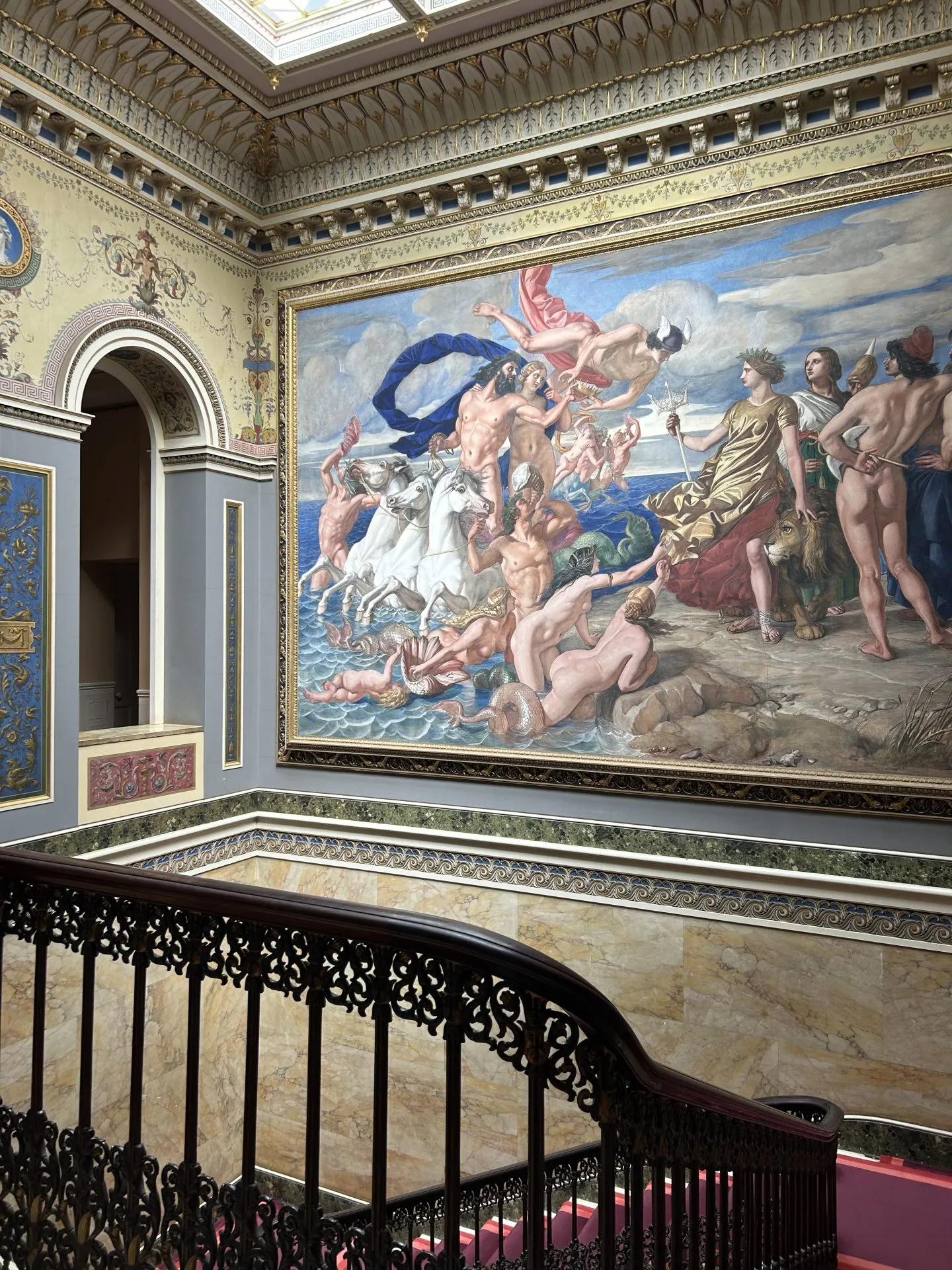
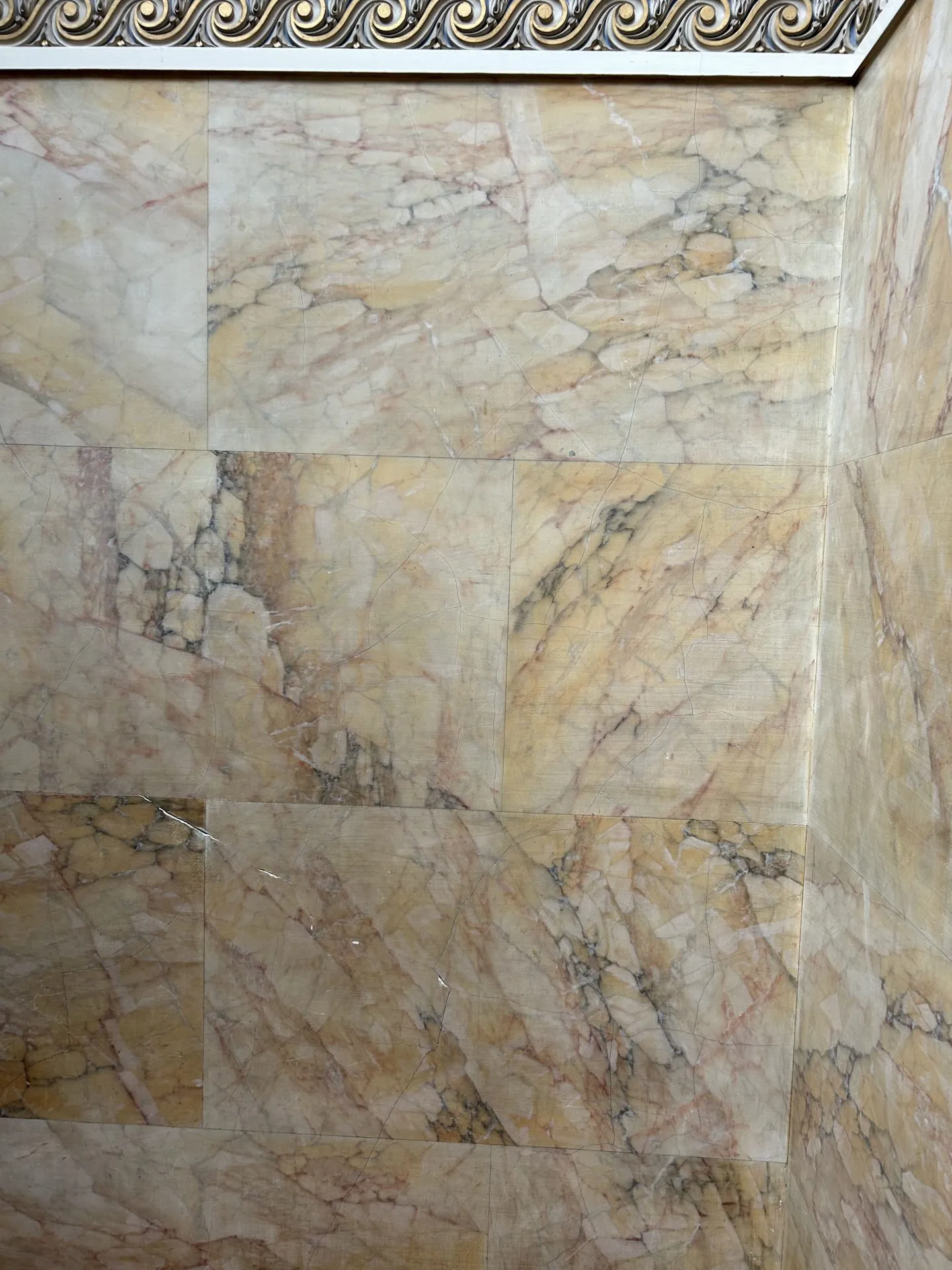
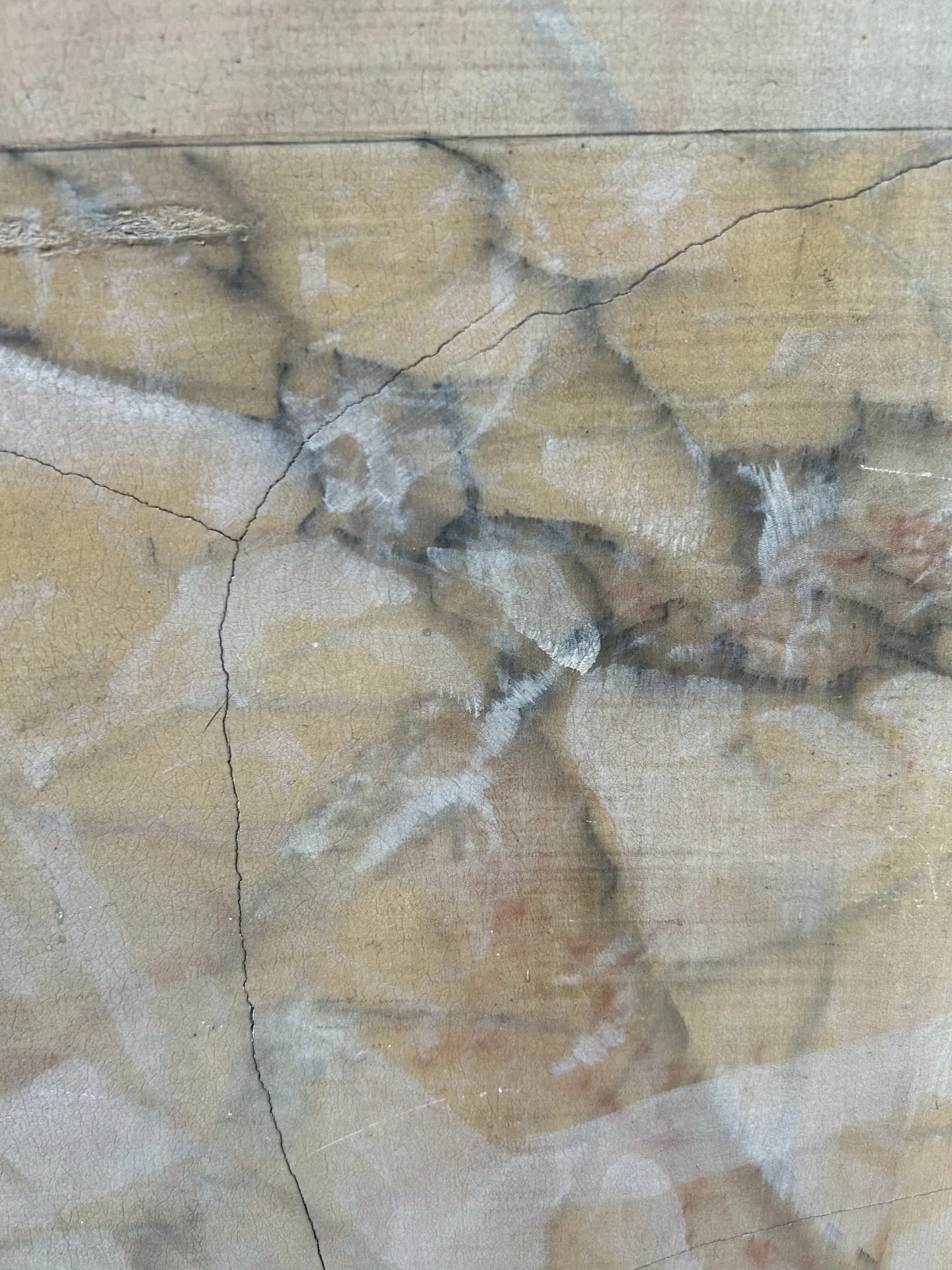
Context
Trompe L’oeil works are often designed to blend seamlessly with their surroundings. For example, a painting of a window or door may be placed in an architectural setting, making it more difficult for the viewer to discern where reality ends and illusion begins.
Famous Examples of Trompe L’Oeil Art
Throughout history, artists have created breathtaking works of Trompe L’oeil that continue to captivate audiences. Some of the most iconic examples include:
Andrea Pozzo’s Ceiling of St. Ignatius of Loyola in Rome
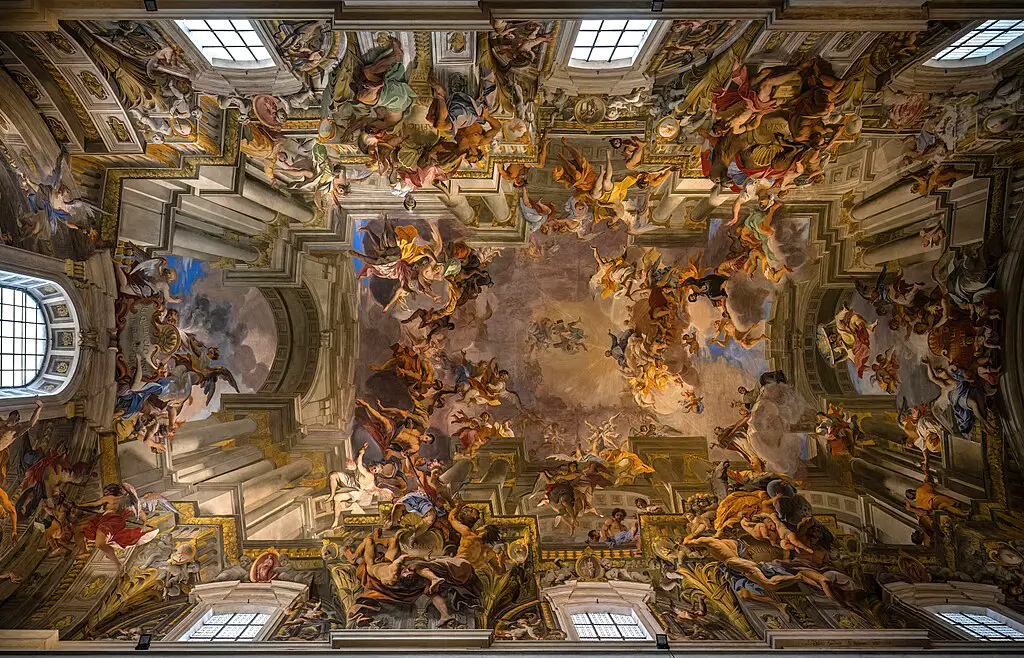
One of the most famous Baroque Trompe L’oeil paintings, this ceiling fresco creates the illusion of an open sky filled with heavenly figures. Pozzo’s mastery of perspective tricks the eye into believing that the ceiling extends much higher than it actually does.
Pere Borrell del Caso’s Escaping Criticism
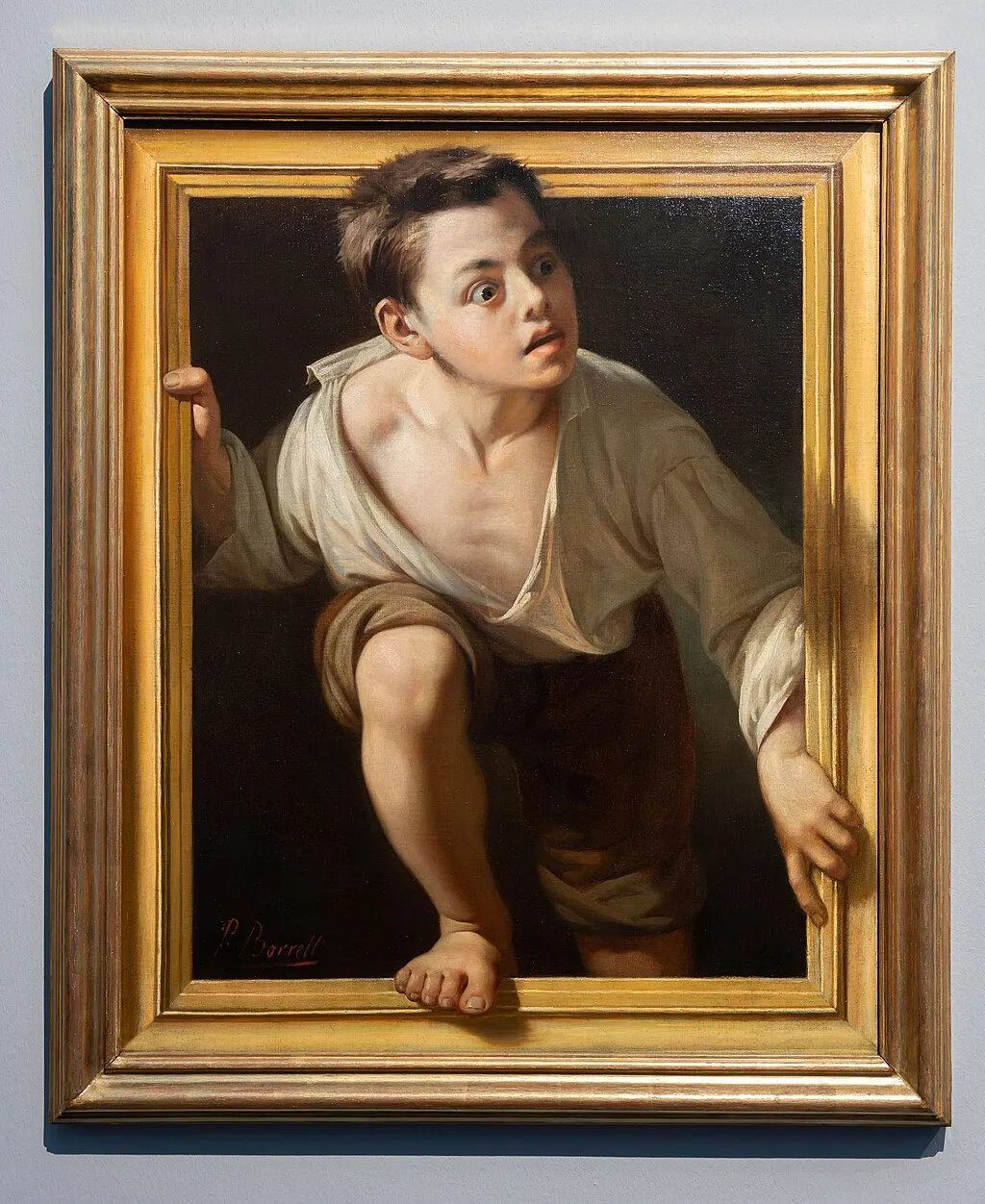
This 1874 painting depicts a young boy climbing out of the frame. It looks as though trying to escape from the canvas itself! The attention to detail in the boy’s hand and foot, combined with the shading around the frame, creates a stunningly realistic illusion.
Baroque Palace Decorations
Many European palaces, especially in France and Italy, feature grand halls with Trompe L’oeil ceilings and walls. These often include columns, windows, and domes that are completely painted, yet seem to exist in three dimensions.
Trompe L’Oeil in Modern Art and Architecture
While Trompe L’oeil is often associated with classical art, its influence persists in contemporary design, street art, and architecture. Modern artists and designers continue to push the boundaries of illusion, integrating Trompe L’oeil into new mediums and contexts.
Street Art
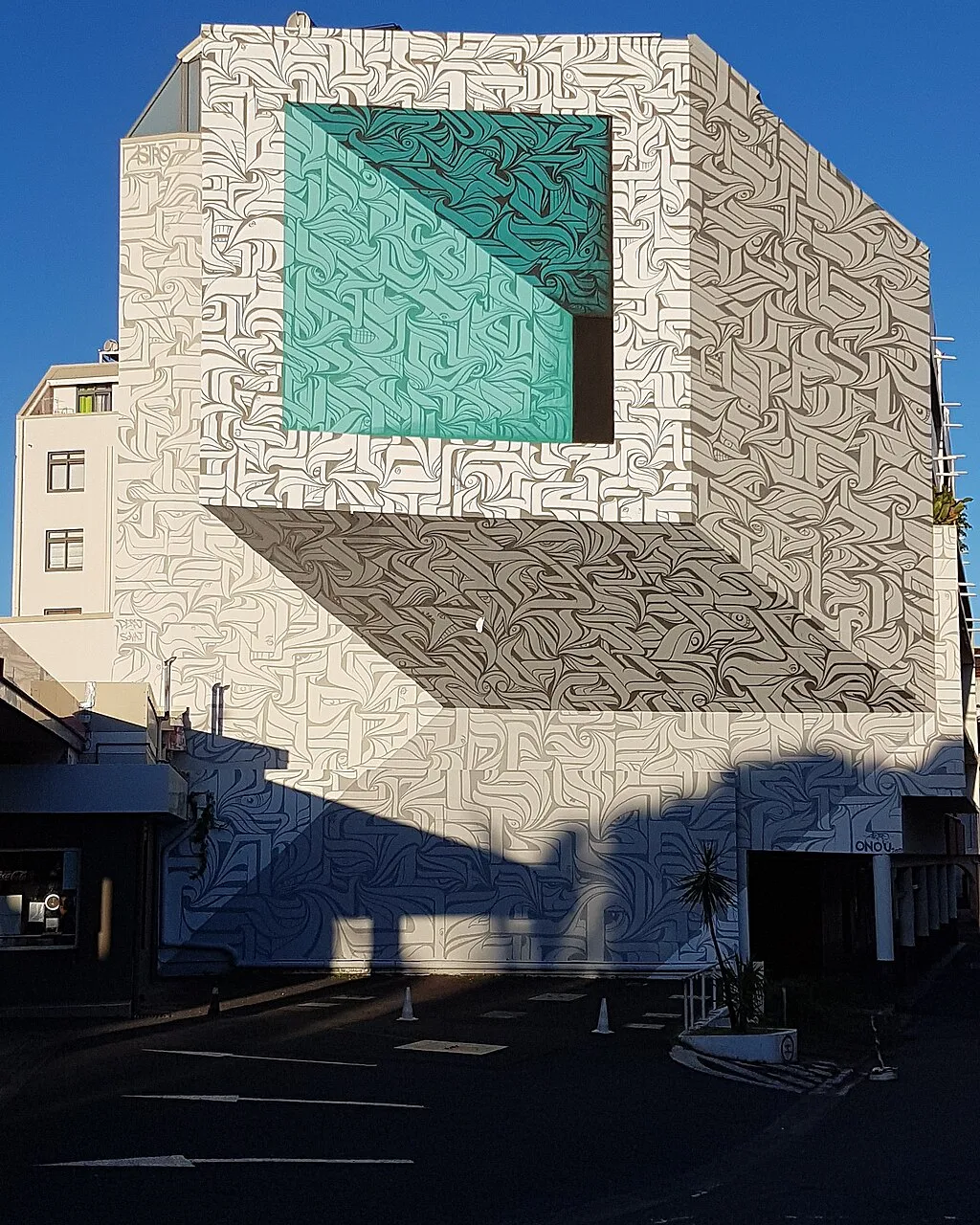
Some of the most captivating modern examples of Trompe L’oeil can be found in public spaces, where artists create murals that make buildings appear to have extra windows, balconies, or entire rooms. Artists like Julian Beever and Edgar Müller have taken Trompe L’oeil to the streets, creating chalk drawings on sidewalks that appear to plunge into deep holes or extend out toward the viewer.
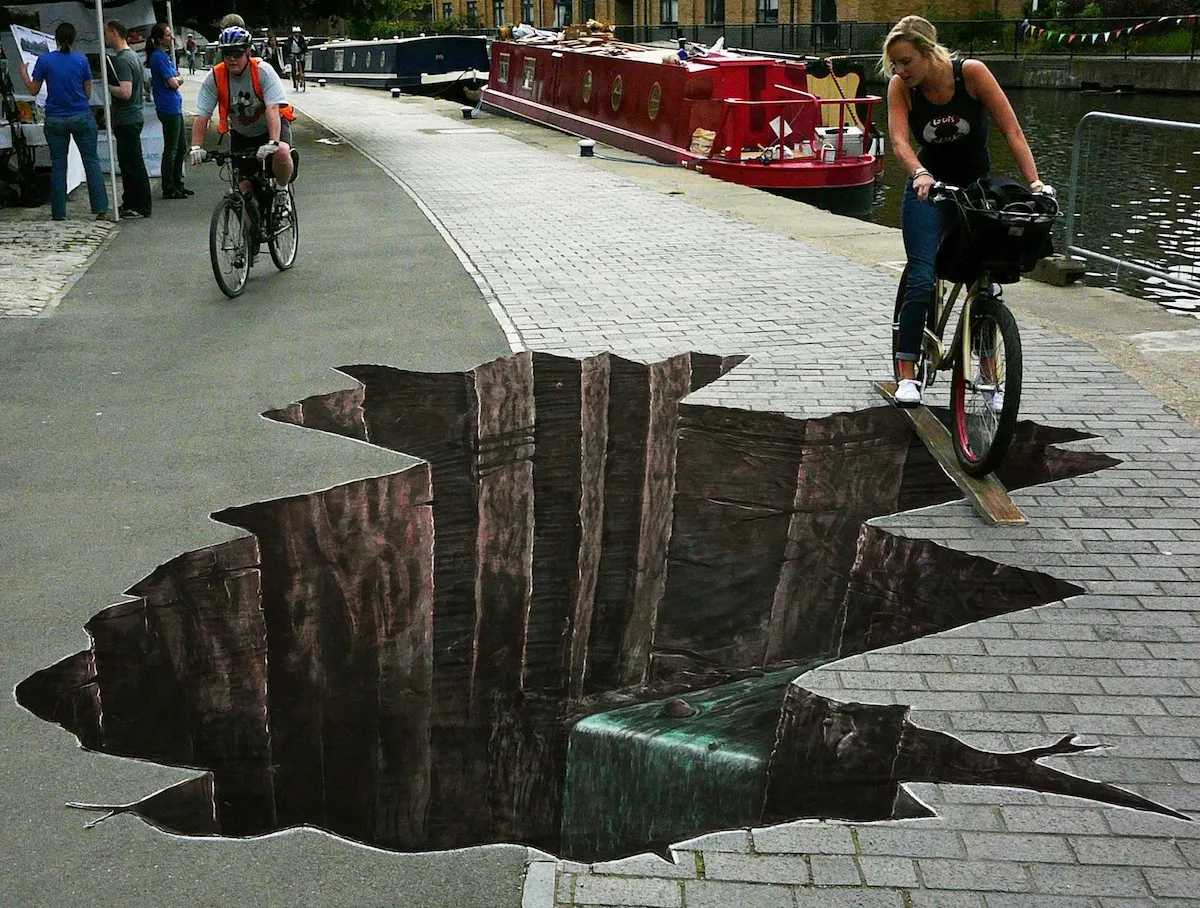
Interior Design
Trompe L’oeil has found a firm place in contemporary interior design. Wall murals and wallpaper featuring faux textures like marble, brick, or wood are used to add depth and sophistication to spaces. This allows designers to create the illusion of grandeur without the cost or complexity of using real materials. A great option if want to create a a big impact on a small budget.
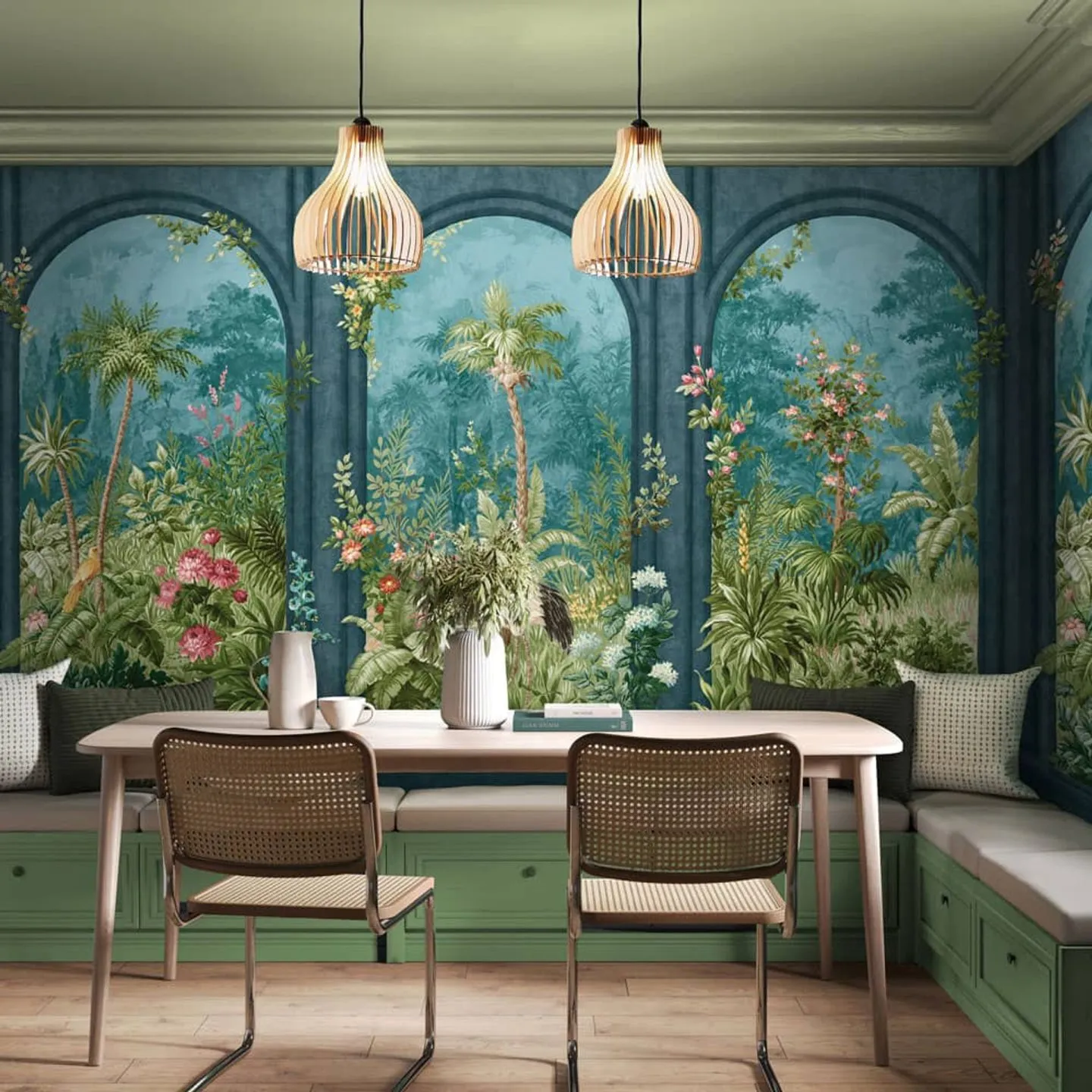
Stunning Wall Mural by Graham & Brown
Digital Art
Trompe L’oeil has expanded beyond traditional painting. Digital artists use advanced rendering techniques to create hyperrealistic images that challenge the viewer’s sense of space and reality. Augmented reality (AR) and virtual reality (VR) also incorporate Trompe L’oeil principles to create immersive environments.
The Psychological Impact of Trompe L’Oeil
Trompe L’oeil continues to fascinate not only because of its technical brilliance but also because of its psychological effects. Our brains are wired to interpret visual information in specific ways based on our experiences with the physical world. Trompe L’oeil art plays with these visual cues, disrupting our expectations and forcing us to question what we see.
This momentary confusion, where reality and illusion blur, can be both exciting and unsettling. It reminds us of the limits of perception and the power of art to challenge the way we see the world.
Conclusion
Trompe L’oeil is a powerful tool for exploring perception, reality, and the relationship between art and life. Whether used in classical frescoes or modern murals, this technique inspires artists and captivates audiences. If you are interested in Trompe Loeil, it’s worth visiting some historic buildings. Here, you will be able to appreciate these remarkable artworks in the flesh. It’s always quite different seeing Trompe Loeil in person, as it can sometimes take quite a few minutes to realise that you are looking at a painting!
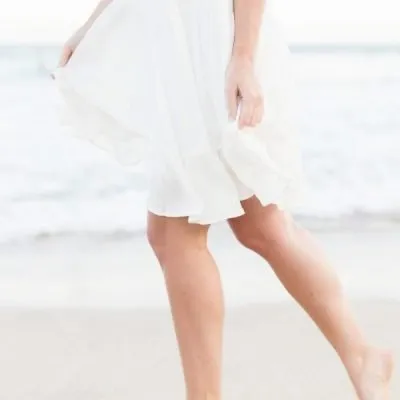
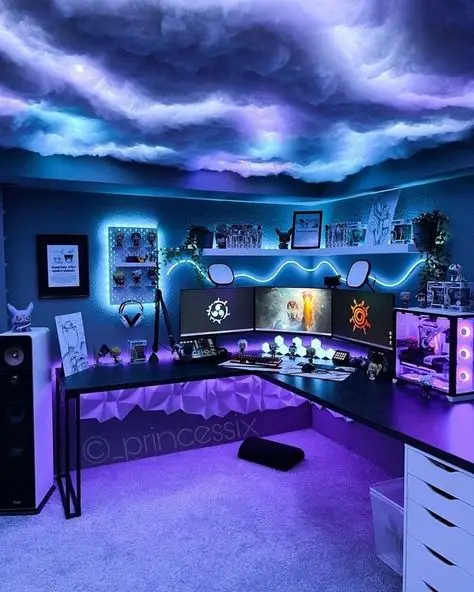
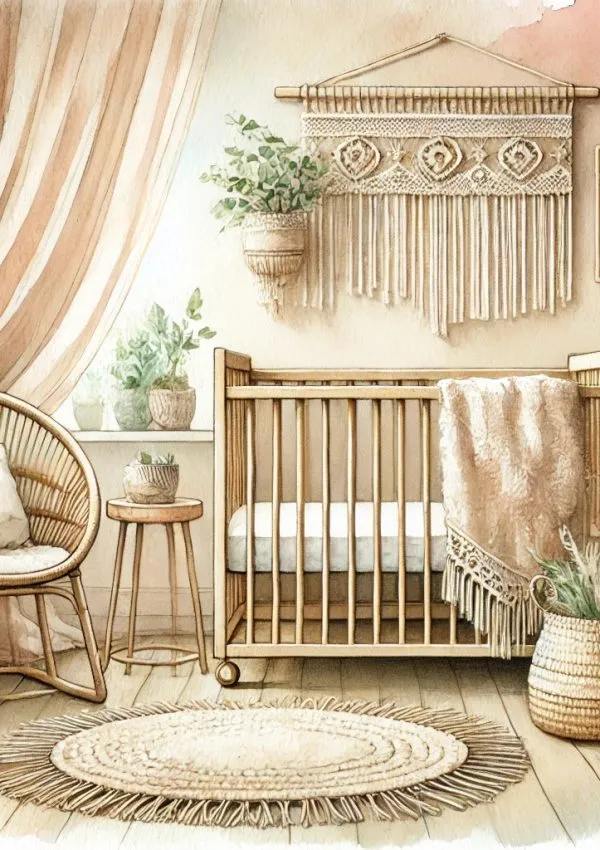
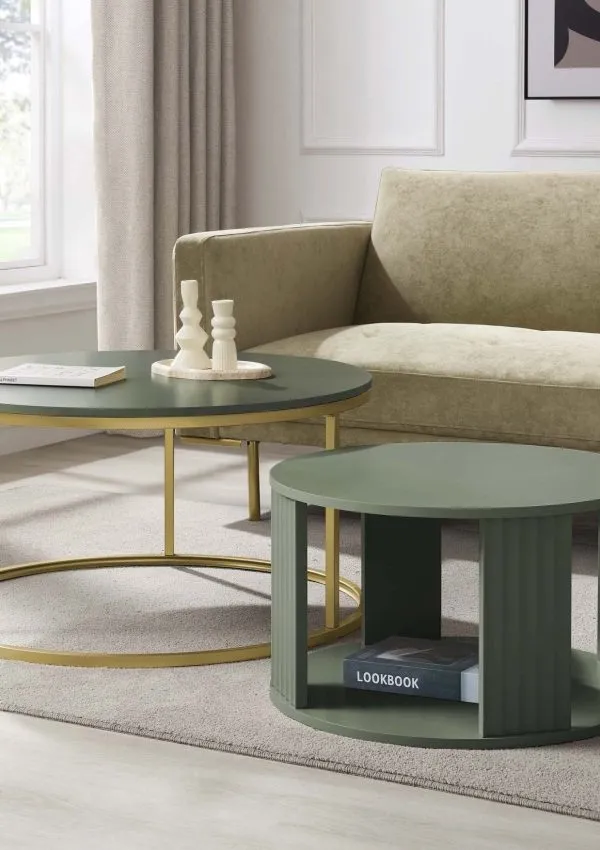
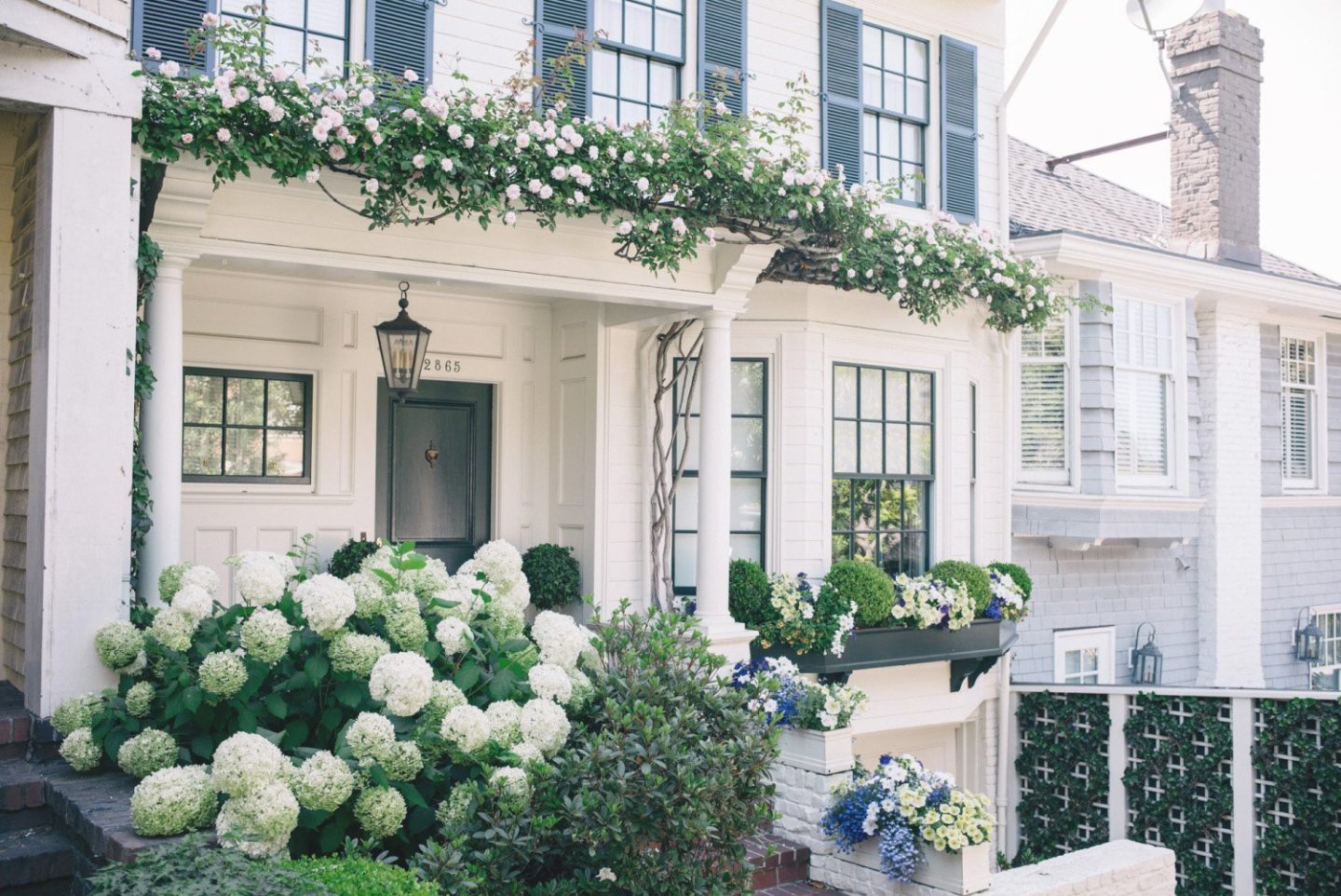
Leave a Reply